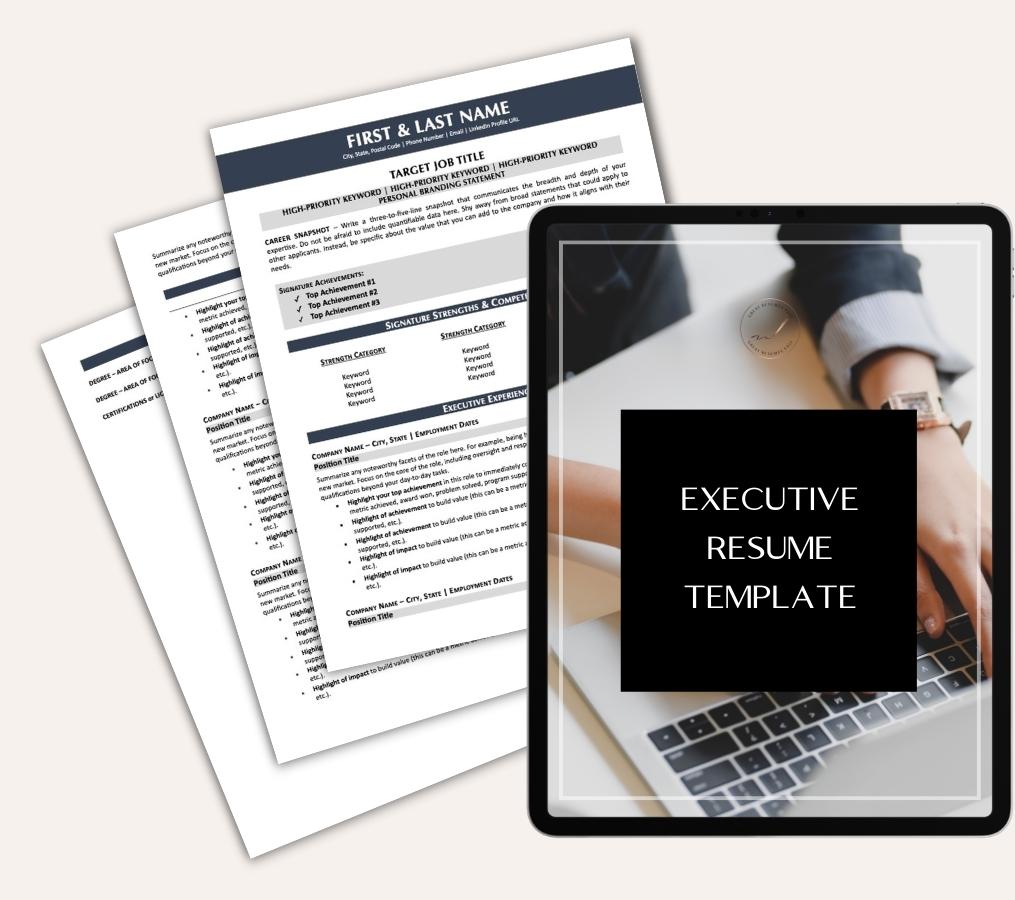Why Body Language is a Crucial Part of Your Success at Work
You know your professional skill set like the back of your hand. Software expertise, analytical skills, accounting best practices, administrative expertise, management skills…you know how that can help you get and keep a job, and help you get promotions. Same for degrees and certificates. But what about how you’re presenting yourself to your colleagues and to your supervisors?
Your body language is a crucial part of your success at work. Some people have naturally positive body language and may not need to adjust a thing. Others may be surprised at the mistakes they are making without even realizing it. I spoke with Denise Dudley, author of Work It! Get In, Get Noticed, Get Promoted, about the importance of body language in an office setting. She offered valuable advice and insight. If you’re wondering how you can improve your body language at the office, read on.
Why Should I Care About Body Language?
You get your work done, you do it well, and you’re even careful about how you choose your words in emails and in meetings. However, according to Dudley, that’s not enough.
“Studies show that if subjects are given the choice between what they hear—words and voice tone—and what they see—body language—when being sent a mixed message, they go with the visual component 100% of the time,” she says.
If you know you’re joking, but a colleague doesn’t, it’s going to be easier for them to figure out if you’re smiling than if you keep a deadpan face.
As Dudley explains, over half of the components that we use to communicate are visual. With seven components total, four are visual and three are auditory. In other words, what people see from you during an in-person conversation often has more weight than what they hear.
“Body language is like a huge sign you wear around your neck, written in a language that’s easily decipherable by your coworkers, bosses, customers, and clients,” says Dudley.
What Do I Need To Pay Attention To?
The four visual components that make up your body language and that you need to be aware of are: facial expression, eye contact, posture, and hand gestures.
You may not even be aware of your posture most of the time, and you’re not alone in that. Slouching over in an office chair is certainly not unusual, nor is crossing your arms when you’re sitting or standing. Facial expressions might not be something you’ve ever thought about trying to control—heck, you might even think you’re keeping a straight face. For some people, controlling facial expressions is very difficult.
But to make sure you are conveying the message you want to, whether it be the immediate message you are speaking about or the overall message about your professionalism, you need to be paying attention to what your facial expression is, what your posture is, where you’re looking, and what you’re doing with your hands.
As Dudley explains, even a shrug of the shoulders that lasts less than a second can impart a negative message to the person you’re talking to. It takes time to change habits like crossing your arms, slouching your shoulders, or looking across the room, but it can be done.
Five Ways to Improve Your Body Language
Once you’ve recognized that you might be sending negative messages with your body language, you need to figure out what you can shift and just start practicing it. Literally, practicing it. She lays out four aspects of body language to work on and practice improving.
1) Dudley suggests working on having an “open facial expression” that you deliberately use to convey that you are listening. To develop it, she recommends standing in front of a mirror and practicing your expression until you know what it feels like so that you know how to keep it in place while you’re talking to a person without the crutch of a mirror. An open facial expression may look different from person to person, but it is important that you ensure you aren’t frowning or looking concerned. If you’re trying to understand a concept, it’s very easy to slip into a concerned face, or what you might also think of as a hard-thinking face, but that can instead convey that you are worried about what’s being said. With an open facial expression, accompanied by eye contact and occasional nods, you will find conversation flows more easily and you are better received by your colleague.
2) Additionally, Dudley says that leaning forward while you listen can help convey your interest in the conversation. Don’t lean forward so that you’re uncomfortably close or invading their personal bubble—that would show interest but also probably scare your colleague a bit. To figure out what your “leaning forward” listening pose should be, Dudley suggests that you think about how you listen when you’re hearing something significant. Do you incline your head and slightly tilt one of your ears toward the speaker? Do you take a half step forward? Determine this, and you’ll have determined the most natural leaning posture for you.
3) You also need to find the right balance of eye contact. A staredown won’t be productive, but neither will looking away like you’re completely disinterested and disengaged. When you’re in conversation with someone, Dudley says that, “ideal, assertive eye contact involves looking directly at the person, mostly, and breaking eye contact just a little.” Making eye contact conveys engagement in the conversation, but also makes you seem confident. Ever had a conversation with someone who was looking at their hands or shifting their eyes back and forth the whole time? You probably thought of them in one of two ways—that they were shy and nervous, or that they were untrustworthy. As the old saying goes, the eyes are the window to the soul, so be conscious of what yours are doing during a conversation.
4) Mirroring is the next tactic that Dudley recommends for honing your body language skills. No, mirroring isn’t like playing the children’s (annoying) game where they repeat everything you say and copy what you do. Instead, it’s a way to build trust by subtly reflecting that you and the person you are talking to are similar in nature. Little things like crossing legs, or even using one or two of the same verbal tics they use can build trust without them even fully processing that you are mirroring them. Again, the important thing here is subtlety. Don’t turn it into a game of Simon Says, but just learn to be aware if there is a gesture or posture you can imitate. You might even be doing this subconsciously already and be surprised to find yourself doing it already once you start paying attention. For more on mirroring and how it can be appropriately used in a business setting, check out this Wall Street Journal article.
5) For the fifth improvement you can make to your body language, Dudley brings us a universal symbol of friendliness and approachability—the smile. “There are countless studies on the positive effects of smiling: lowered cortisol levels, increased serotonin levels, lowered blood pressure, lowered heart rate, muscle relaxation, increased blood flow to the brain—for both the smiler and the smilee!” explains Dudley. In a business setting, just having a small smile on your face when everyone else seems to be stressed out and grumpy can make you the approachable one in the office. The next time you enter a stressful conversation, try opening with a handshake and a smile. Chances are, it won’t weaken your position as much as it will put the other person at ease and make the conversation a little bit easier.
Conclusion
As important as it is, body language can be tough to control and tough to change after years of subconsciously acting in a certain way. But once you take an assessment of your body language and start to make small changes, those will become habit and you will be conveying a more confident, more approachable self at work.
However, with that said, this article is just a start on the topic of body language. I’ll continue the discussion, covering issues like posture, in a future article. The bottom line? Body language is important.
Are you tired of your resume being rejected by applicant tracking systems? I know how frustrating it is to submit your resume and receive no response. I hate seeing qualified people never breakthrough the screening process. It shouldn’t be that way. That’s why I created this guide and I encourage you to download the FREE PDF so you can start seeing better resume response rates!
Share this post:

About the author
Jessica Hernandez, President, CEO & Founder of Great Resumes Fast
Hi, I’m Jessica. I started this company back in 2008 after more than a decade directing hiring practices at Fortune 500 companies.
What started as a side hustle (before that was even a word!) helping friends of friends with their resumes has now grown into a company that serves hundreds of happy clients a year. But the personal touch? I’ve kept that.
You might have seen me featured as a resume expert in publications like Forbes, Fast Company, and Fortune. And in 2020, I was honored to be named as a LinkedIn Top Voice of the year!
I’m so glad you’re here, and I can’t wait to help you find your next perfect-fit position!
2 Comments
Leave a Comment
Improve Your Resume: Download Your Free Executive Resume Template Today
Are you struggling to create an executive resume that will impress employers? Download this free executive resume template and receive a series of 10 emails with expert guidance on how to write resume content that resonates with employers so you get more interviews.
It's everything you need to stand out, make an impression, and accelerate your job search.









[…] December 13, 2018December 13, 2018 By job-search-bot This post was originally published on this […]
[…] December 13, 2018December 14, 2018 By job-search-bot This post was originally published on this […]